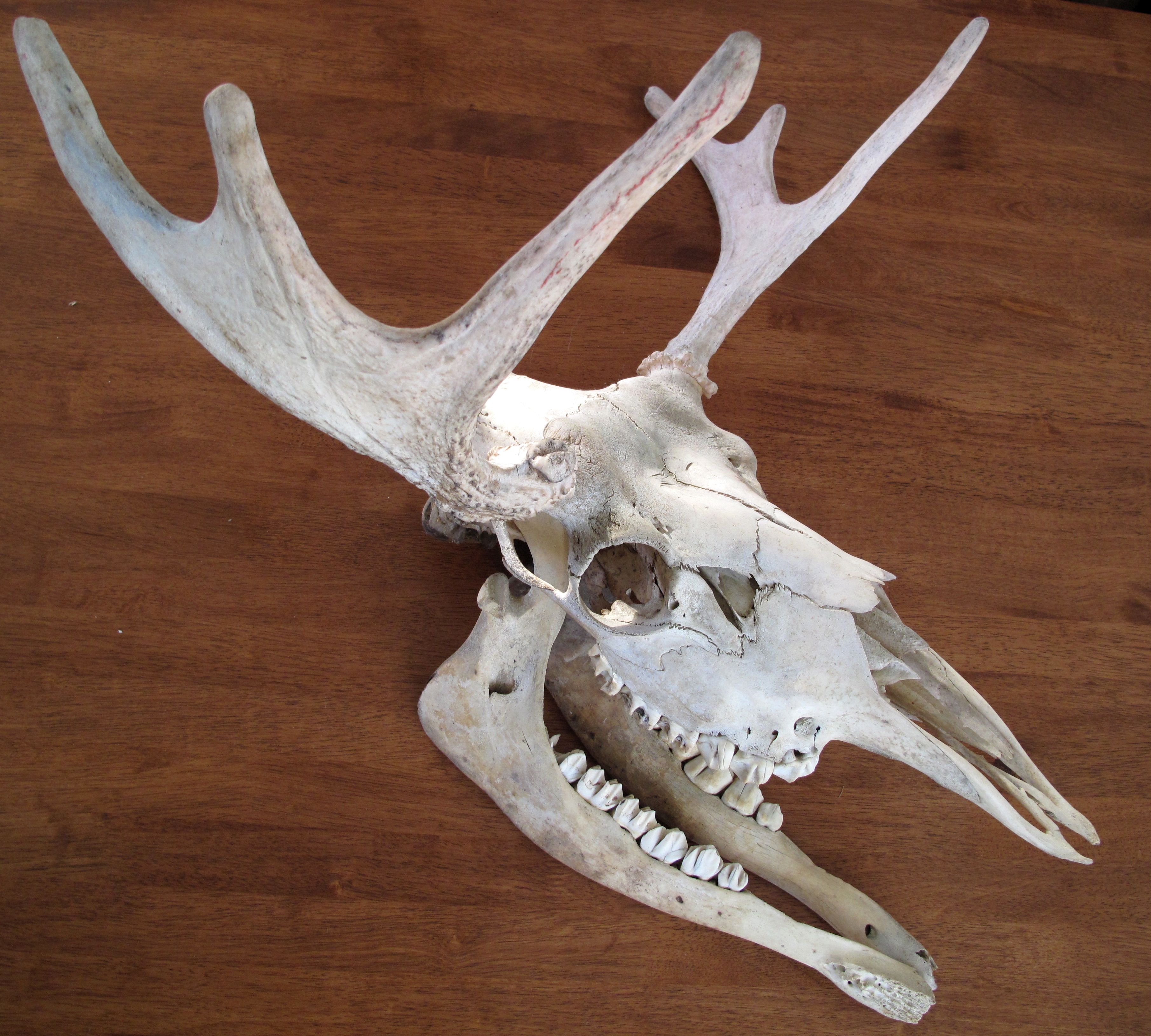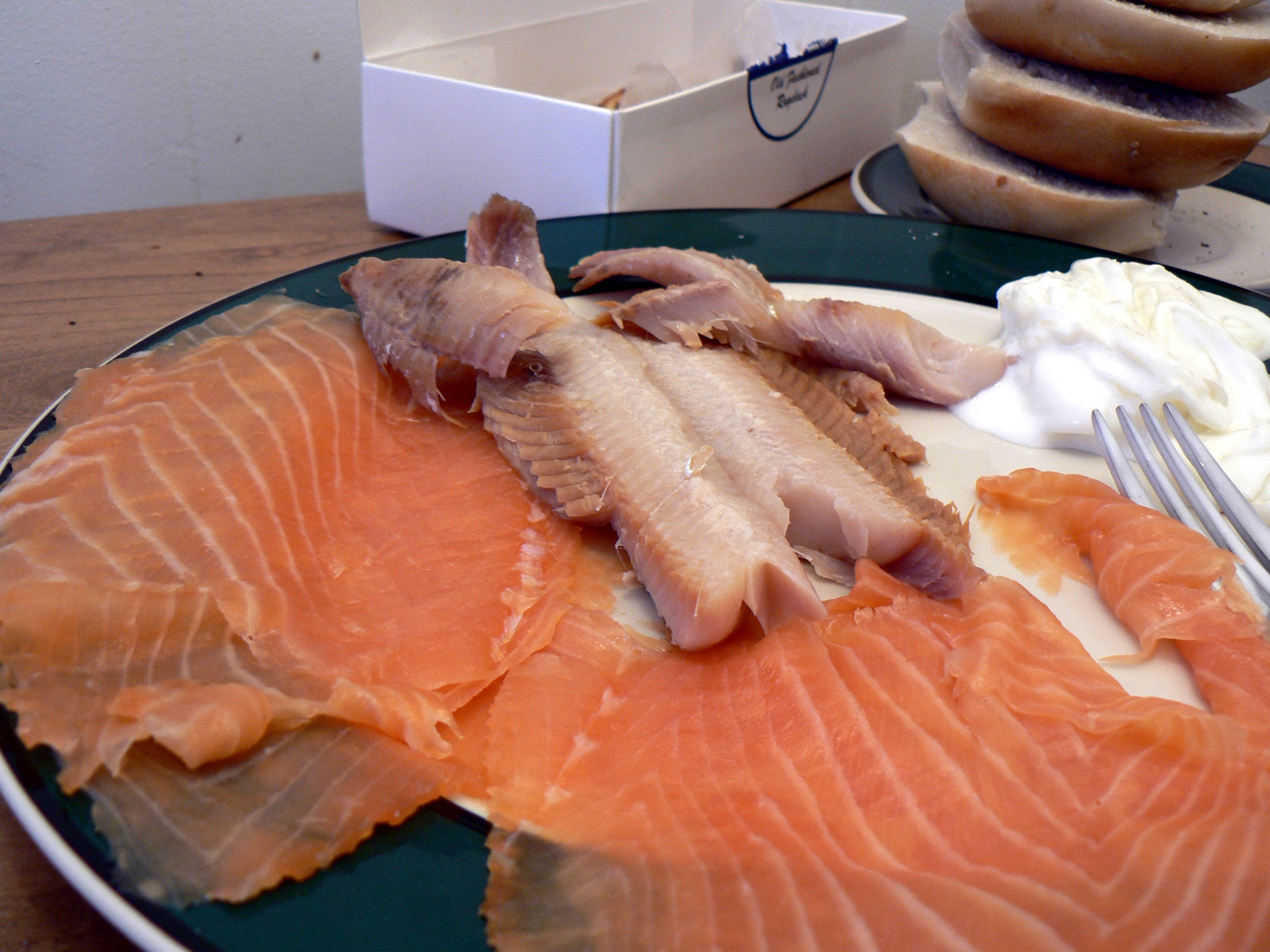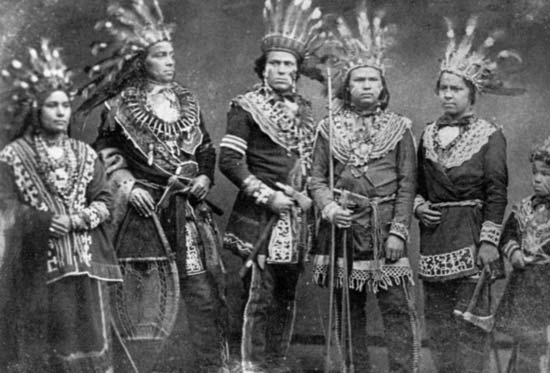|
Shelldrake River
The Shelldrake River is a U.S. Geological Survey. National Hydrography Dataset high-resolution flowline dataThe National Map accessed January 3, 2012 river in Chippewa County on the Upper Peninsula of Michigan in the United States. It flows through Tahquamenon Falls State Park and the Lake Superior State Forest into Lake Superior. The Shelldrake River's headwaters are an undefined area in the Betsy Lake Wetland, an Eastern Hemlock and tamarack forest in the roadless area of northern Tahquamenon Falls State Park. This wetland, in Chippewa County and adjacent Luce County, is dominated by Lake Superior-fed rain and snow. For mapping purposes, the Shelldrake River is depicted as flowing out of Sheephead Lake, a little-visited lake in the Betsy Lake Wetland area. Much of the Shelldrake River's course passes through the Betsy Lake Wetland, and an alternate name for the river is the "Betsy River". The Shelldrake River flows generally west-to-east towards its mouth in Shelldrake, M ... [...More Info...] [...Related Items...] OR: [Wikipedia] [Google] [Baidu] |
Whitefish Township, Michigan
Whitefish Township is a civil township of Chippewa County in the U.S. state of Michigan. The population was 575 at the 2010 census. With a land area of , Whitefish Township is the sixth-largest municipality in the state by land area and among the least-densely populated. Located along Whitefish Bay on the shores of Lake Superior, the township contains Whitefish Point Light and the Great Lakes Shipwreck Museum, as well as portions of Tahquamenon Falls State Park. Communities *Emerson is an unincorporated community and ghost town located within the township at near the mouth of the Tahquamenon River. Emerson was founded as a lumbering community in the 1880s. A post office was in operation in Emerson from April 15, 1884 until February 15, 1914. The community slowly declined, and the schoolhouse closed in 1927. Any remaining buildings were later moved or demolished. Emerson was dedicated as a Michigan State Historic Site in 1979. Today, the area of the former community is ... [...More Info...] [...Related Items...] OR: [Wikipedia] [Google] [Baidu] |
Moose
The moose (in North America) or elk (in Eurasia) (''Alces alces'') is a member of the New World deer subfamily and is the only species in the genus ''Alces''. It is the largest and heaviest extant species in the deer family. Most adult male moose have distinctive broad, palmate ("open-hand shaped") antlers; most other members of the deer family have antlers with a dendritic ("twig-like") configuration. Moose typically inhabit boreal forests and temperate broadleaf and mixed forests of the Northern Hemisphere in temperate to subarctic climates. Hunting and other human activities have caused a reduction in the size of the moose's range over time. It has been reintroduced to some of its former habitats. Currently, most moose occur in Canada, Alaska, New England (with Maine having the most of the lower 48 states), New York State, Fennoscandia, the Baltic states, Poland, Kazakhstan, and Russia. Its diet consists of both terrestrial and aquatic vegetation. Predators of moos ... [...More Info...] [...Related Items...] OR: [Wikipedia] [Google] [Baidu] |
Rivers Of Luce County, Michigan
A river is a natural flowing watercourse, usually freshwater, flowing towards an ocean, sea, lake or another river. In some cases, a river flows into the ground and becomes dry at the end of its course without reaching another body of water. Small rivers can be referred to using names such as creek, brook, rivulet, and rill. There are no official definitions for the generic term river as applied to geographic features, although in some countries or communities a stream is defined by its size. Many names for small rivers are specific to geographic location; examples are "run" in some parts of the United States, "burn" in Scotland and northeast England, and "beck" in northern England. Sometimes a river is defined as being larger than a creek, but not always: the language is vague. Rivers are part of the water cycle. Water generally collects in a river from precipitation through a drainage basin from surface runoff and other sources such as groundwater recharge, springs, a ... [...More Info...] [...Related Items...] OR: [Wikipedia] [Google] [Baidu] |
Westchester County, New York
Westchester County is located in the U.S. state of New York. It is the seventh most populous county in the State of New York and the most populous north of New York City. According to the 2020 United States Census, the county had a population of 1,004,456, an increase of 55,344 (5.8%) from the 949,113 counted in 2010. Located in the Hudson Valley, Westchester covers an area of , consisting of six cities, 19 towns, and 23 villages. Established in 1683, Westchester was named after the city of Chester, England. The county seat is the city of White Plains, New York, White Plains, while the most populous municipality in the county is the city of Yonkers, New York, Yonkers, with 211,569 residents per the 2020 U.S. Census. The annual per capita income for Westchester was $67,813 in 2011. The 2011 median household income of $77,006 was the fifth-highest in New York (after Nassau County, New York, Nassau, Putnam County, New York, Putnam, Suffolk County, New York, Suffolk, and Rocklan ... [...More Info...] [...Related Items...] OR: [Wikipedia] [Google] [Baidu] |
Sheldrake River
The Sheldrake River is a freshwater stream located in Southern Westchester County, New York. The river forms in White Plains and flows south until it joins the Mamaroneck River. Approximately of the Sheldrake River flow through Scarsdale, through New Rochelle and through the Town of Mamaroneck. The Sheldrake River is the largest tributary of the Mamaroneck River, which flows into Long Island Sound. The Sheldrake River watershed drains approximately and comprises the upper Sheldrake River (north of Sheldrake Lake) and lower Sheldrake River (south of Sheldrake Lake), the east branch, the main tributary to the east branch, and various smaller tributary streams. The Sheldrake River drainage system encompasses part of Mamaroneck Town, New Rochelle, Scarsdale, and a minor portion of White Plains. Geography From its origin, the river flows south through a medium-density upscale residential neighborhood. The river then enters a culvert running partly under Fenway Golf Course ... [...More Info...] [...Related Items...] OR: [Wikipedia] [Google] [Baidu] |
Freshwater Whitefish
The freshwater whitefish are fishes of the subfamily Coregoninae, which contains whitefishes (both freshwater and anadromous) and ciscoes, and is one of three subfamilies in the salmon family Salmonidae. Apart from the subfamily Coregoninae, the family Salmonidae includes the salmon, trout, and char species of the subfamily Salmoninae, and grayling species of the subfamily Thymallinae. Freshwater whitefish are distributed mainly in relatively cool waters throughout the northern parts of the Northern Hemisphere. The Coregoninae subfamily consists of three nominal genera: *''Coregonus'' Linnaeus, 1758 – whitefishes and ciscoes, which according to some authors number more than 60 species. There are differing opinions on the classification of some species within the genus and the overall number of species. Some species in Arctic regions of Asia and North America forage in marine waters. *'' Prosopium'' Jordan, 1878 – round whitefishes, which includes six species, three of ... [...More Info...] [...Related Items...] OR: [Wikipedia] [Google] [Baidu] |
Ojibwa
The Ojibwe, Ojibwa, Chippewa, or Saulteaux are an Anishinaabe people in what is currently southern Canada, the northern Midwestern United States, and Northern Plains. According to the U.S. census, in the United States Ojibwe people are one of the largest tribal populations among Native American peoples. In Canada, they are the second-largest First Nations population, surpassed only by the Cree. They are one of the most numerous Indigenous Peoples north of the Rio Grande. The Ojibwe population is approximately 320,000 people, with 170,742 living in the United States , and approximately 160,000 living in Canada. In the United States, there are 77,940 mainline Ojibwe; 76,760 Saulteaux; and 8,770 Mississauga, organized in 125 bands. In Canada, they live from western Quebec to eastern British Columbia. The Ojibwe language is Anishinaabemowin, a branch of the Algonquian language family. They are part of the Council of Three Fires (which also include the Odawa and Potawatomi) ... [...More Info...] [...Related Items...] OR: [Wikipedia] [Google] [Baidu] |
Henry Rowe Schoolcraft
Henry Rowe Schoolcraft (March 28, 1793 – December 10, 1864) was an American geographer, geologist, and ethnologist, noted for his early studies of Native American cultures, as well as for his 1832 expedition to the source of the Mississippi River. He is also noted for his major six-volume study of Native Americans commissioned by Congress and published in the 1850s. He served as United States Indian agent in Michigan for a period beginning in 1822. During this period, he named several newly organized counties, often creating neologisms that he claimed were derived from indigenous languages. There he married Jane Johnston, daughter of a prominent Scotch-Irish fur trader and an Ojibwe mother, who was the high-ranking daughter of Waubojeeg, a war chief. Johnston lived with her family in Sault Ste. Marie, Michigan. Johnston was bilingual and educated, having grown up in a literate household. She taught Schoolcraft the Ojibwe language and much about her maternal culture. They ... [...More Info...] [...Related Items...] OR: [Wikipedia] [Google] [Baidu] |
Sandhill Crane
The sandhill crane (''Antigone canadensis'') is a species of large crane of North America and extreme northeastern Siberia. The common name of this bird refers to habitat like that at the Platte River, on the edge of Nebraska's Sandhills on the American Great Plains. Sandhill Cranes are known to hangout at the edges of bodies of water especially in the Central Florida region. This is the most important stopover area for the nominotypical subspecies, the lesser sandhill crane (''A. c. canadensis''), with up to 450,000 of these birds migrating through annually. Taxonomy In 1750, English naturalist George Edwards included an illustration and a description of the sandhill crane in the third volume of his ''A Natural History of Uncommon Birds''. He used the English name "The Brown and Ash-colour'd Crane". Edwards based his hand-coloured etching on a preserved specimen that had been brought to London from the Hudson Bay area of Canada by James Isham. When in 1758 the Swedish na ... [...More Info...] [...Related Items...] OR: [Wikipedia] [Google] [Baidu] |
American Black Bear
The American black bear (''Ursus americanus''), also called simply a black bear or sometimes a baribal, is a medium-sized bear endemic to North America. It is the continent's smallest and most widely distributed bear species. American black bears are omnivores, with their diets varying greatly depending on season and location. They typically live in largely forested areas, but will leave forests in search of food, and are sometimes attracted to human communities due to the immediate availability of food. The International Union for Conservation of Nature (IUCN) lists the American black bear as a least-concern species, due to its widespread distribution and a large population estimated to be twice that of all other bear species combined. Along with the brown bear (''Ursus arctos''), it is one of only two modern bear species not considered by the IUCN to be globally threatened with extinction. Taxonomy and evolution Despite living in North America, American black bears are ... [...More Info...] [...Related Items...] OR: [Wikipedia] [Google] [Baidu] |
Northern Pike
The northern pike (''Esox lucius'') is a species of carnivorous fish of the genus ''Esox'' (the pikes). They are typical of brackish water, brackish and fresh waters of the Northern Hemisphere (''i.e.'' holarctic in distribution). They are known simply as a pike in Great Britain, Britain, Ireland, and most of Eastern Europe, Canada and the United States. Pike can grow to a relatively large size: the average length is about , with maximum recorded lengths of up to and published weights of . The International Game Fish Association, IGFA currently recognizes a pike caught by Lothar Louis on Greffern Lake, Germany, on 16 October 1986, as the all-tackle world-record northern pike. Northern pike grow to larger sizes in Eurasia than in North America, and typically grow to larger sizes in coastal than inland regions of Eurasia. Etymology The northern pike gets its common name from its resemblance to the pole-weapon known as the Pike (weapon), pike (from the Middle English for 'point ... [...More Info...] [...Related Items...] OR: [Wikipedia] [Google] [Baidu] |








